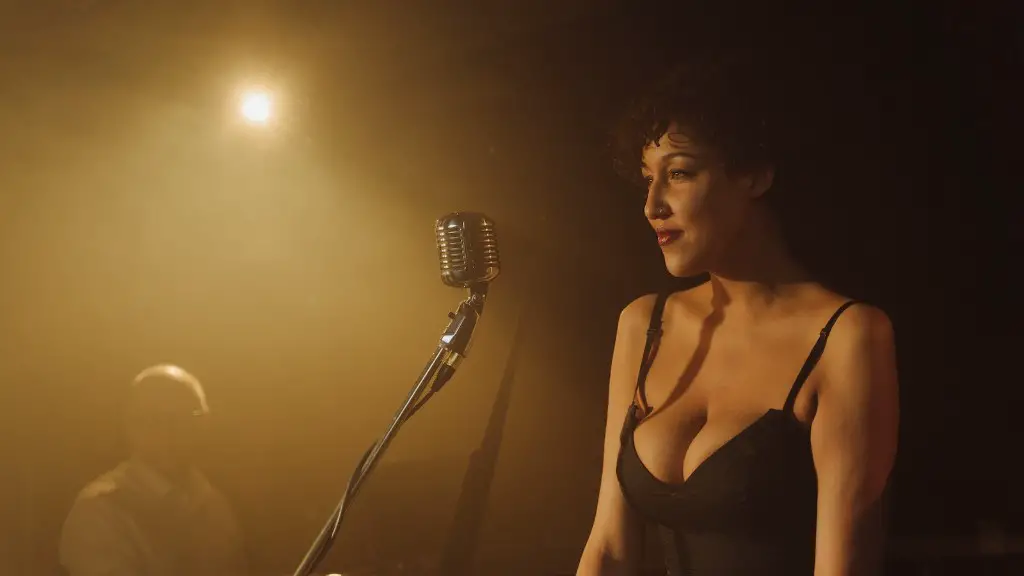How To Draw Scenery
Have you ever wanted to capture a stunning moment that takes your breath away? You’d be surprised at how easy it is when you know how to draw scenery. Whether it’s a backdrop in the landscape or a moment in time, everyone can create something beautiful. Here are a few tips to help you start:
Know What You Are Drawing
Before you begin drawing scenery, you’ll need to decide what it is you want to draw. Is it a mountain range, a beach scene, or a quaint town? Take a few minutes to look around you and really decide what it is that you want to draw. Consider the colors, shapes, and textures you’d like to incorporate.
Once you’ve solidified what you will draw, you should start sketching. Even if you don’t have the best drawing skills, you can still create something beautiful. Don’t be afraid to experiment with sketches and make mistakes. It’s through practice that you will learn to make your scene come to life!
Choose Your Palette
After you have a few sketches, you’ll need to decide what colors to use. Color theory is an incredibly important part of art, so make sure you think carefully about the hues and shades you will use. Choose colors that will evoke the emotion and atmosphere of your scene. Reds and oranges are great to create a warm, cozy vibe, while blues and greens offer a refreshing, relaxing feel.
Once you have chosen your palette, start mixing your colors. Start with a few basic shades and add other shades to create variations. This will give you the ability to customize your scene with precision and poise. You may even want to add a few highlights and shadows to really make your scenery come to life!
Bring Texture & Depth to Your Painting
Texture and depth are essentials when it comes to painting scenery. A few creative brush strokes can make all the difference. After you have laid down your desired hues and shades, start adding shadows and highlights to bring life to the scene. Think about how the sunlight would reflect off the trees, the water, the mountains, and other shapes in the distance.
You could also use a special paintbrush to add texture to your canvas. Swirls, stripes, and dots can create interesting designs on its own, or they can be used to emphasize certain details. Try adding some fluff and fur to your scene with a special brush! You will be amazed by how much depth you can add.
Add Finishing Touches To Your Scenery
Any real artist will know the importance of finishing touches. These small details can make or break your work. Look carefully around your scene and see if anything needs to be adjusted. Check for any shapes that are off, any colors that are too bright or too dull, or any details that are missing.
Lastly, add any objects or figures to your scene. Are there trees, people, birds, or other creatures you can add? These small additions can really enhance your painting. Make sure to add them in such a way that they blend in, instead of standing out from your scenery. When finished, your painting should look like a snapshot of a beautiful moment in time!

